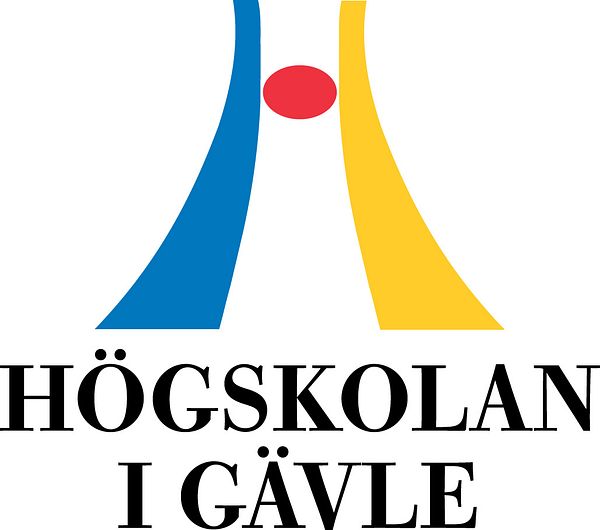Press release -
Professor: We have discovered the secret behind the spread of COVID-19 in the United States
“Our discovery enables us to detect patterns that conventional methods fail to detect, for example the effect of different measures to limit the spread of the infection,” says Bin Jiang, professor of built environment at University of Gävle.
The new coronavirus COVID-19 has spread rapidly around the world and has triggered an unprecedented pandemic since January 2020. 135 million people worldwide have been infected, resulting in nearly three million deaths. Therefore, numerous scientists, such as geographers, cartographers and epidemiologists, strive for a better understanding of its spread mechanisms.
By analyzing data originally collected by Johns Hopkins University, Bin Jiang and his team discovered that COVID-19 cases in the United States over time follow a power-law based growth pattern regarding population, infection, and death.

Bin Jiang
“The great harm of COVID -19 lies in its enormous spread and to understand the spread we have to look at the underlying population or the geographical distribution of people,” Bin Jiang says.
“We see patterns early on that conventional methods fail to detect”
The researchers in Gävle found that the number of COVID -19 cases over time follows a power-law growth pattern linked to the size of the population. This means that many states and counties have a low number of cases, and only a few, densely populated states and counties have many cases.
“Taking this power law as our starting point makes it possible for us to detect patterns at an early stage that conventional methods fail to detect, because observations are usually made at a later stage when a complex system is fully developed in those methods.”
Thus, the spread of COVID -19 is shaped with an incredible force by the underlying population patterns, and in densely populated states or counties, more people tend to be affected or die.
“Although this may seem obvious, deviations from this overall trend help us to determine the effect of lockdowns and other infection control measures at the local level.”
“Thus, we can show that without the restrictive measures, the situation would be much more devastating and it also opens up a new way of mapping geographical phenomena,” Bin Jiang says.
Film showing the spread of covid-19 in the United States from January to August 2020
----------------
Scientific article
Research presentation Bin Jiang
Previous: "Bin Jiang has created an algorithm for the beauty of cities"
----------------
Contact
Bin Jiang, professor of built environment at University of Gävle
Phone: 026-64 89 01, 072-465 13 12
E-mail: bin.jiang@hig.se
Text: Douglas Öhrbom
Portrait: Private
Topics
- Epidemics
Categories
- research
- gis
- pandemic
- built environment
- epidemiology
- corona
- geography
- infection control
- cartography
- university of gävle
- bin jiang
- covid-19
- pandemic control
- spread of infection
Education and Research at a Scenic Campus.
The University of Gävle has approximately 17 000 students, more than 50 study programmes and second-cycle programmes, about 1 000 courses in humanities, social and natural sciences and technology.
Research Profiles
Built Environment and Health-promoting Working Life are the general research profiles of the higher education institution. Important parts included are Spatial Planning with a specialisation in Sustainable Built Environment and Musculoskeletal Disorders with the purpose to prevent work-related injuries. In 2010, the higher education institution received permission to carry out third-cycle programmes in the profile area of Built Environment.
The higher education institution has applied for permission to carry out third-cycle programmes in technology, humanities and social sciences.
